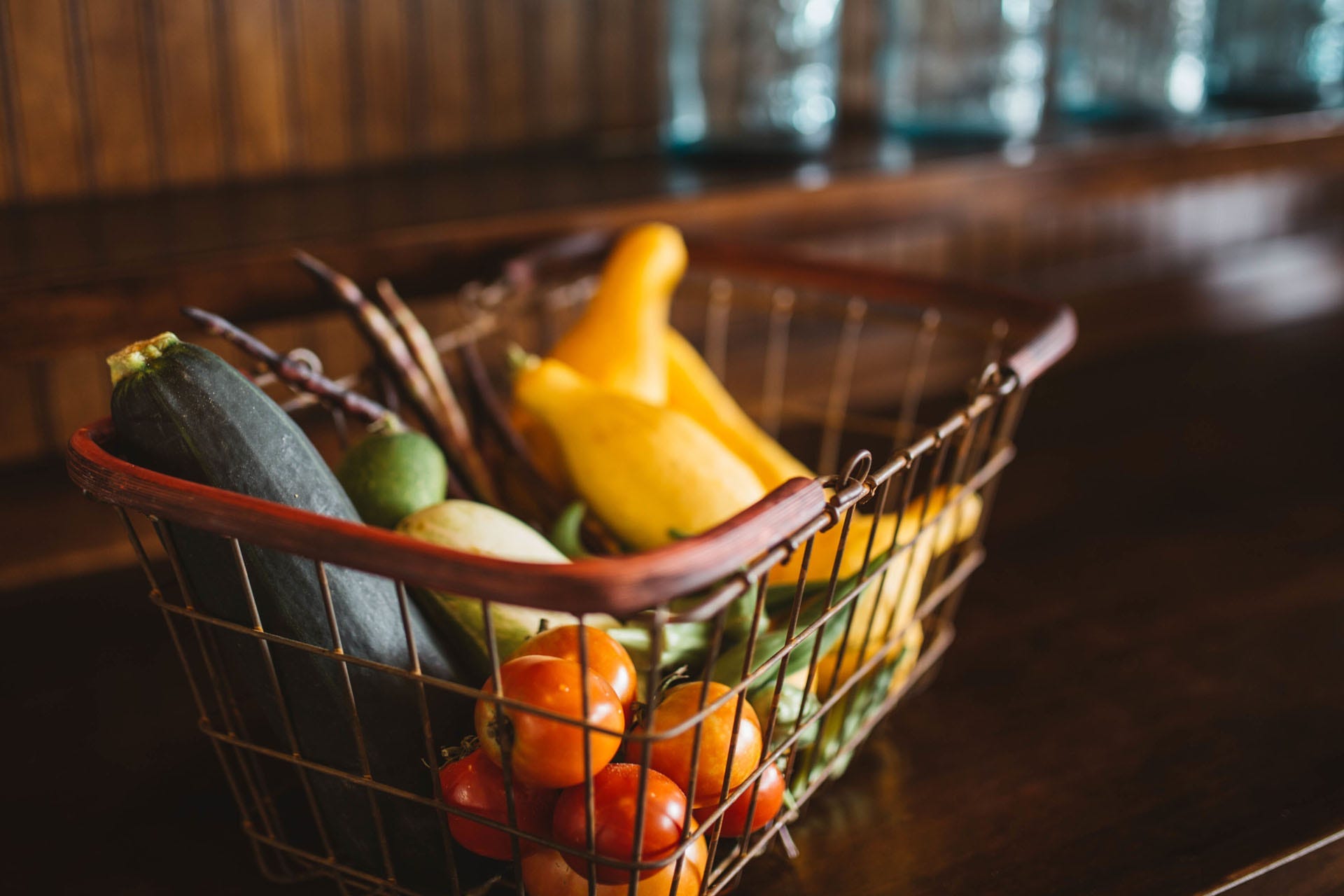
“But it’s too expensive and goes off quickly!” There’s a misconception that buying healthy food can mean spending lots of money on fresh food that will perish before you’ve used it. While it’s true that nutritious foods are often perishable ones, it just takes a few quick tips and tricks to help you use food wisely and avoid having to throw it out.
And there’s good reason to be savvy with food. One third of the world’s food gets wasted[1], with food waste costing Australia alone an estimated $20 billion a year[2]. So how can we reduce this?
1. Before you go shopping, look in the fridge, freezer and cupboards. Write a shopping list based on what you need. Consider:
- who is home this week?
- how many meals need preparing?
- what food needs using up?
- including a leftovers night
- what is in season - this will be more economical, fresher and taste better.
2. Plan meals based on what you already have. Rather than asking each night “what do I want to eat?” ask “what needs to be used first?” Get creative with ingredients and the leftovers you have. Leftover vegetables can be added to a soup, stirfry or curry, leftover rice can be frozen or made into fried rice and extra roast meat makes a great sandwich filler or protein source in a salad for lunch.
3. Make the most of in-season produce. It is a great opportunity to buy fresh when it is in-season and cheaper. Freeze, pickle, preserve or dry extras. That way you will have a supply throughout the year. For example:
- Lemons can have juiced squeezed into ice trays, passionfruit pulp scooped into them too.
- Tomatoes can be made into pasta sauce, frozen or jarred for later.
- Mangoes and pineapple flesh can be frozen in cubes.
- Olives can be preserved.
- Fresh herbs can be stored in air-tight containers in the freezer.
4. Know the difference between “best before” and “use-by” dates[3]:
- Best before: The food supplier’s recommendation of when the product is at its ‘best’, therefore it is safe to eat for some time after this date. Use your discretion after the date.
- Use-by: The manufacturer’s guide to when the product should be eaten for food safety reasons.
5. Rescue the aged. If you have some food that is close to being binned, see what you can do to save it:
- Milk can be turned it into ricotta cheese (heat and add vinegar).
- Ripe bananas can be saved in the freezer for smoothies or banana cakes.
- Stale bread can be made into bread crumbs and stored in the freezer.
- Limp-looking vegetables can be made into soup or stock.
- Over ripe apples, pears, peaches and nectarines can be stewed for addition to cereal or yoghurt and make great desserts.
- Freeze food close to its use-by date.
If you would like some recipes on how to use up leftovers try the Oz Harvest website
References:
- http://www.fao.org/save-food/resources/keyfindings/en/
- https://www.environment.gov.au/system/files/resources/4683826b-5d9f-4e65-9344-a900060915b1/files/national-food-waste-strategy.pdf
- http://www.foodstandards.gov.au/consumer/labelling/dates/Pages/default.aspx
